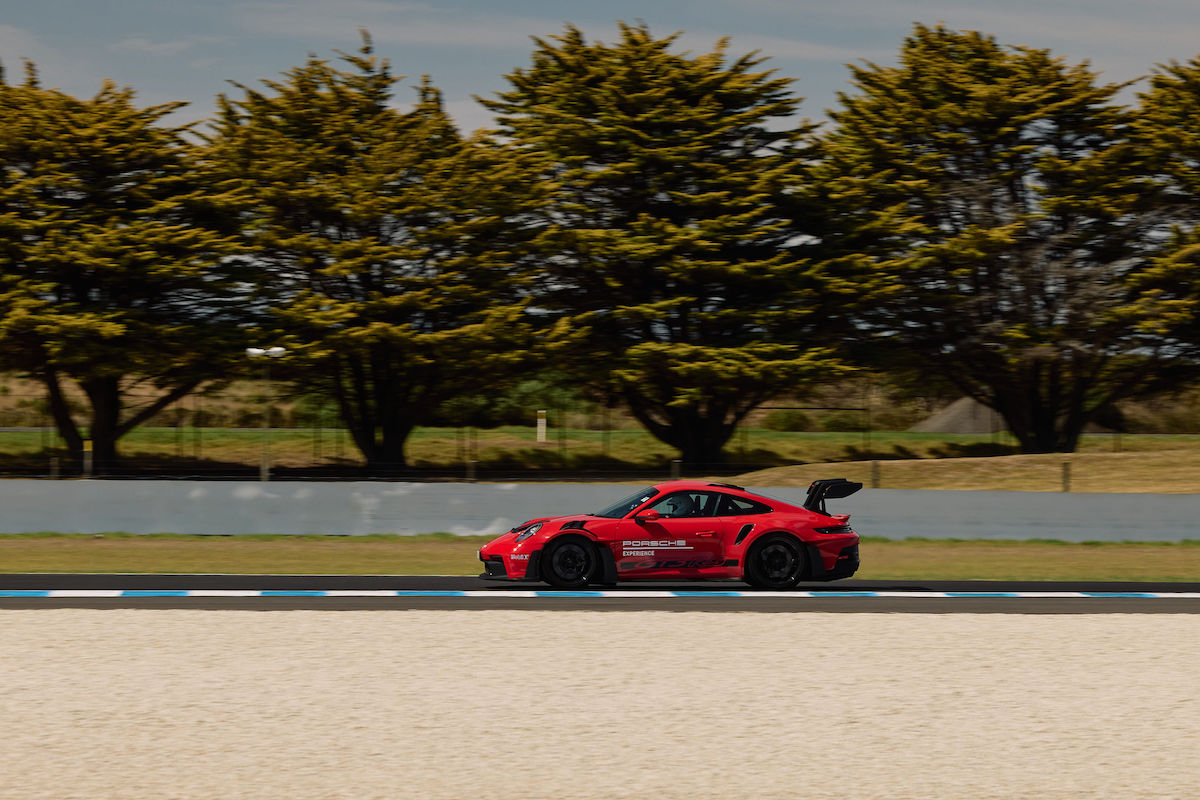There’s a phrase that circles quietly among enthusiasts — sometimes whispered at racetracks, sometimes etched in online forums like gospel: “They don’t make them like they used to.” It’s a sentiment rooted in what’s often called golden generation syndrome — that persistent belief that the best is behind us. That the cars were purer, the drivers braver, the machines more mechanical and soulful.
In this worldview, the golden era of motoring lives somewhere between 1973 and 1996, fossilised in the bark of naturally aspirated engines, gated shifters, and the scent of unburnt fuel. The past is where we point when the present feels too polished, too synthetic, too sanitised. But what if that nostalgia is clouding something extraordinary happening right now?
Phillip Island has always been more than a circuit to me. It’s a temple. A place where speed becomes spiritual, where a perfect corner feels like a form of prayer. So when the invitation arrived to take part in Porsche’s High Flier Experience — a curated, once-in-a-lifetime day of track driving, helicopter transfers, and unfettered access to Porsche’s world during the Australian Formula 1 weekend — it wasn’t just another press event. It was a pilgrimage.
On this particular Friday, the circuit was at its cinematic best. Twenty-four degrees, clear skies, and not a hint of wind. The sort of weather you’d describe as track-perfect if it weren’t so suspiciously immaculate. Porsche had arranged helicopter transfers from Melbourne’s city helipad, a flourish that should’ve felt indulgent but instead felt oddly fitting — like a prelude to Porsche’s rarefied air.
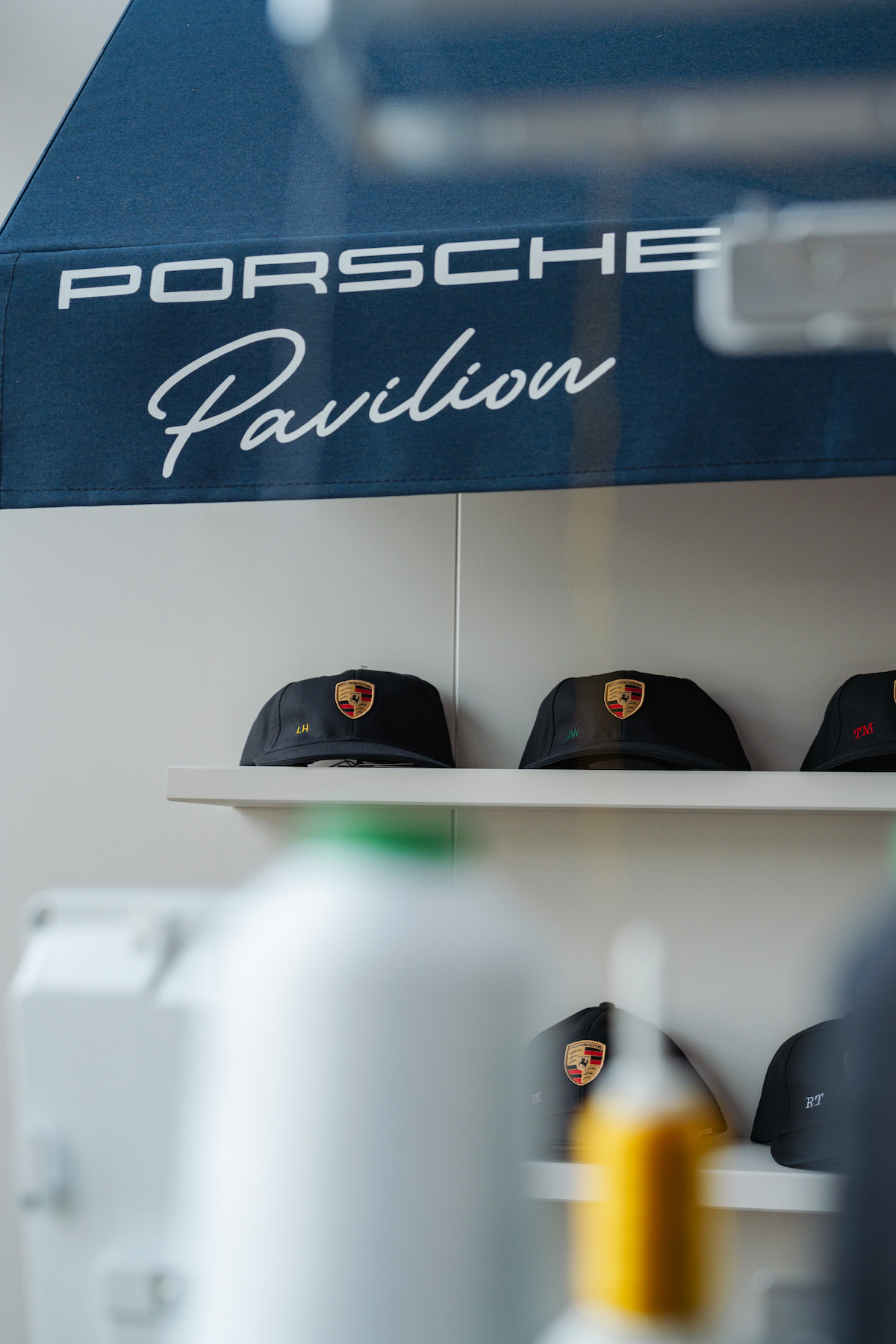
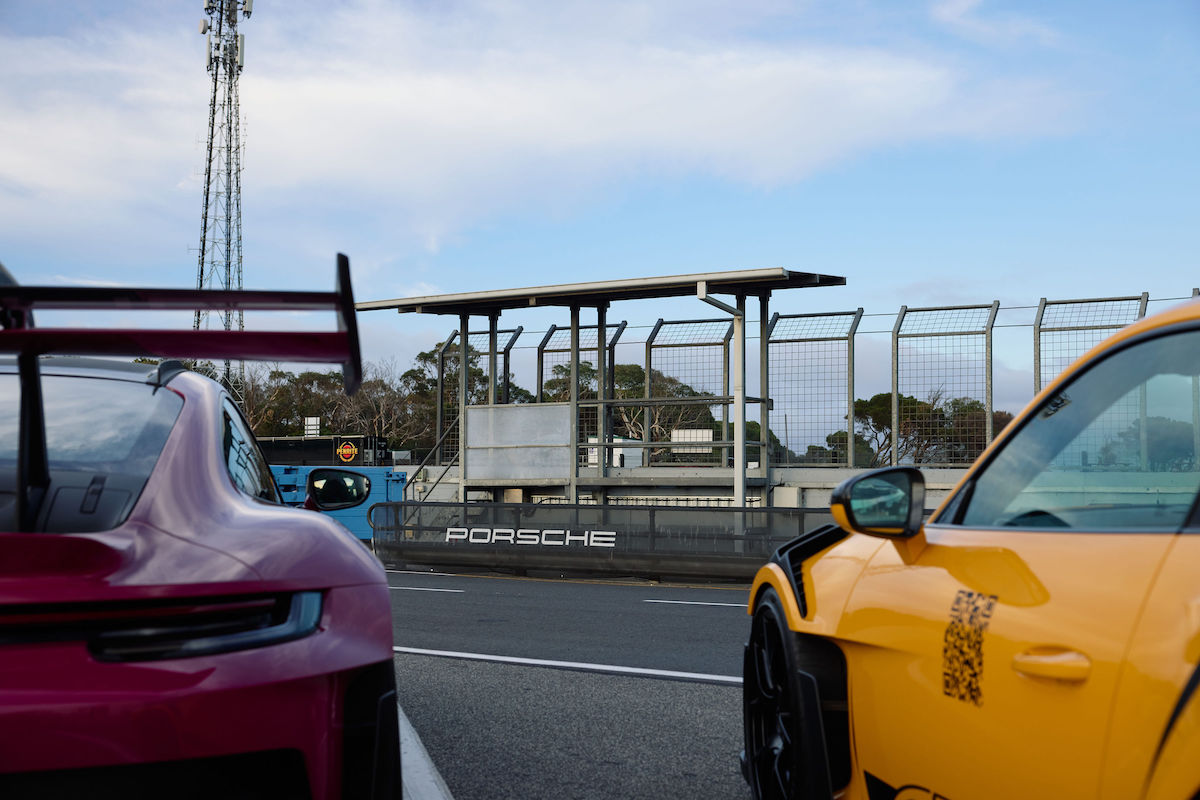
Touching down just beyond pit lane, we were greeted by the sounds of track prep: engines clearing their throats, instructors scurrying, flags flapping. Everything was dialled in. The event was tight, intentional and Germanic in its efficiency. There was no posturing, no velvet rope theatrics — just Porsche people doing Porsche things, with the quiet confidence of a brand that doesn’t need to shout.
But this wasn’t a static display. This was a driving experience. And not in the diluted, “two laps with an instructor” kind of way. This was twenty-minute sessions behind the wheel of the GT3 RS and GT4 RS, flanked by a skidpad showdown in both the base 911 and Cayman. No gimmicks. No artificial limiters. Just you, a helmet, and the physics of rear-engine balance at 230km/h through Turn One.
Phillip Island was the canvas. Porsche gave us the brushes.
Porsche’s RS line is shorthand for something rare: road-legal cars with track bloodlines, engineered not for comfort or convenience, but pure sensation.
We began in the GT3 RS. It’s the more menacing sibling — sharper, louder, physically larger in presence and attitude. Based on the 911 — the more classically handsome sibling — the GT3 RS wears its aggression with pride. The aero alone looks like it could write its own rulebook. Behind the wheel, it’s all about immediacy: the steering is surgical, the braking feels like dropping anchor, and the downforce presses you so firmly into the tarmac it’s as though the laws of gravity have been rewritten for your benefit. It doesn’t flatter the driver — it demands fluency.
Then came the GT4 RS, which found something more personal. Mid-engined and slightly less powerful, it became an extension of self in a way the GT3 never quite managed. The engine’s proximity — just behind your ears—meant every throttle input was met with a bark, a howl, a shriek of mechanical honesty. There was a symbiosis to it. A sense that the car wasn’t just responding to your movements — it was reading them.
Both cars proved that, far from being relics, high-performance combustion engines are still discovering new notes in their symphony. The 4.0-litre flat-six, shared DNA but expressed differently in each chassis, was a masterclass in engagement. Naturally aspirated. Razor-sharp. The kind of sound you feel in your chest, your teeth, your sternum. If this is a swan song, it’s sung in full voice.
Even the skidpad sessions — often throwaway fun at events like this — were revealing. A base Cayman and 911, stripped of RS credentials, were still deeply communicative, teaching subtle lessons in rotation, grip and throttle balance. It was a reminder that Porsche engineering isn’t reserved for the upper tiers. The essence is in the DNA.
This wasn’t histrionic hedonism — it was performance with purpose. Emotion delivered at speed.
Track cars used to be raw because they had to be. These are raw by design. And there’s a compelling argument to be made that, right now — today — we’re experiencing the golden age of internal combustion performance. Not the past. Not the future. This exact moment.
And yet, beyond the cars, the people made it all the more surreal.
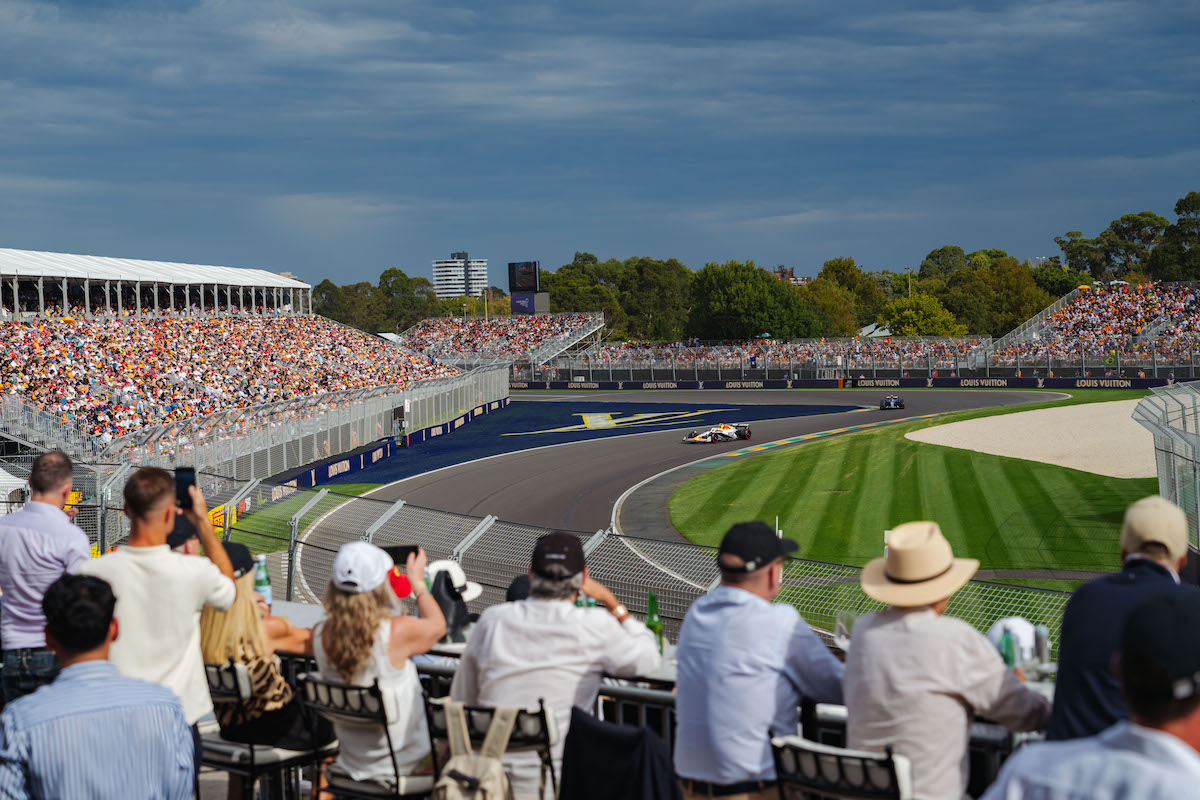
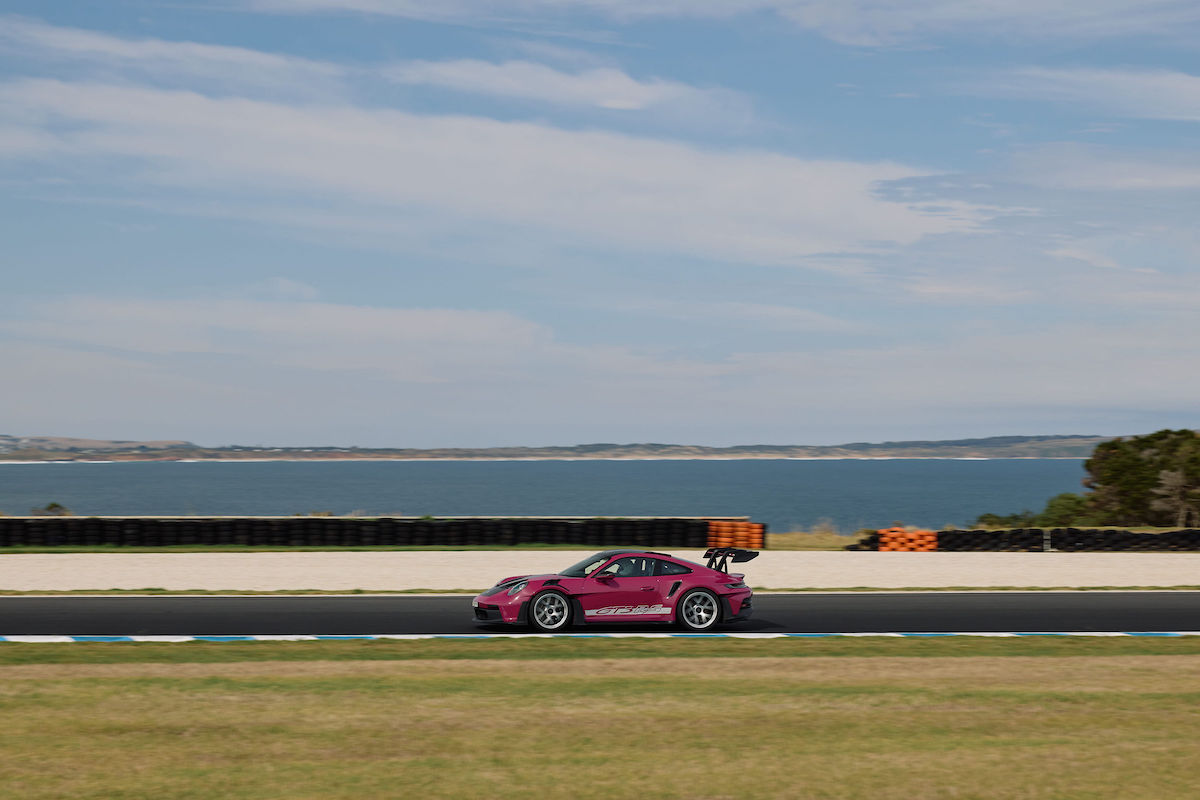
Related articles
The crowd was refreshingly understated. Just owners, enthusiasts, and the Porsche-curious, each dropped into this dream-like scenario where track access, helicopter transfers, and RS models were simply… happening. It felt exclusive, yes — but not exclusionary. Like a club you didn’t even know you wanted to join until you were inside it.
It’s easy to be cynical about brand activations, especially in the luxury space. But this didn’t feel like marketing. It felt like curation. Every detail — from the cadence of the day to the gentle escalation from base model to track weapon — was constructed with intent. Porsche wasn’t showing off. Porsche was showing you what it means to belong, if only for a day.
There’s a particular kind of thrill in being surrounded by people who get it. No one needed to explain the difference between turn-in and rotation. No one had to justify why the scream of a flat-six at 9,000rpm matters more than acceleration figures. It was a rare kind of shorthand — spoken not in words, but in grins exchanged after each session, helmet hair still intact.
The event may happen once a year, but truthfully, it only needs to happen once in your lifetime. It’s not just a track day — it’s a recalibration. The term “bucket list” gets thrown around with reckless abandon, but this felt like one of the rare times it actually applied.
The next day brought an entirely different kind of thrill.
If Friday at Phillip Island was about raw sensation — speed, sound, grip — then Saturday was about texture. About context. About what it means to not just drive a Porsche, but orbit its world. At the Formula 1 Australian Grand Prix, that orbit takes physical form in the Porsche Pavilion — a sculptural structure tucked elegantly beside Turns 1 and 2, arguably the best vantage point at Albert Park.
From this front-row perch, you could watch the world’s finest drivers thread a needle at 250km/h — flat out, foot to the floor, dancing on the knife edge between brilliance and brake lock. But unlike the crowds crammed into general admission or nosebleed grandstands, we had options. You could stand trackside, feel the engine noise vibrate through your chest, the sun on your face, the smell of warm rubber in the air. Or you could retreat inside — air-conditioning, a Negroni, perhaps a bite of something artfully plated involving burrata or kingfish — and catch the qualifying drama unfold on massive screens.
It was refined without being aloof. Mark Webber was floating around, as approachable as a retired F1 driver can be, and Porsche had even wheeled in the new La Marzocco x Porsche espresso machine — a sculptural, brushed-steel work of art. Guests left with a custom Porsche cap, too, personalised with three initials on the side — a small touch that triggered the kind of joy usually reserved for childhood birthdays and rare trading cards.
That’s what the Pavilion did best. It balanced performance and poise. Noise and nuance. It wasn’t a showroom — it was a feeling. One moment you’re outside, neck craned, watching an F1 car skate into Turn 1 on cold tyres. The next, you’re back inside sipping something citrusy, turning a cap in your hands, wondering how Porsche managed to make three embroidered letters feel like something meaningful.
Because that’s the trick, isn’t it? Not just to build fast cars, but to build a world people want to be part of.
There’s a temptation, especially among car people, to place greatness in the rearview mirror. We speak in reverent tones about air-cooled engines, manual gearboxes, V10s and V12s, the smell of fuel on a cold morning. We obsess over eras — Group B, DTM, the early aughts GT3 — as if the magic stopped somewhere between progress and regulation.
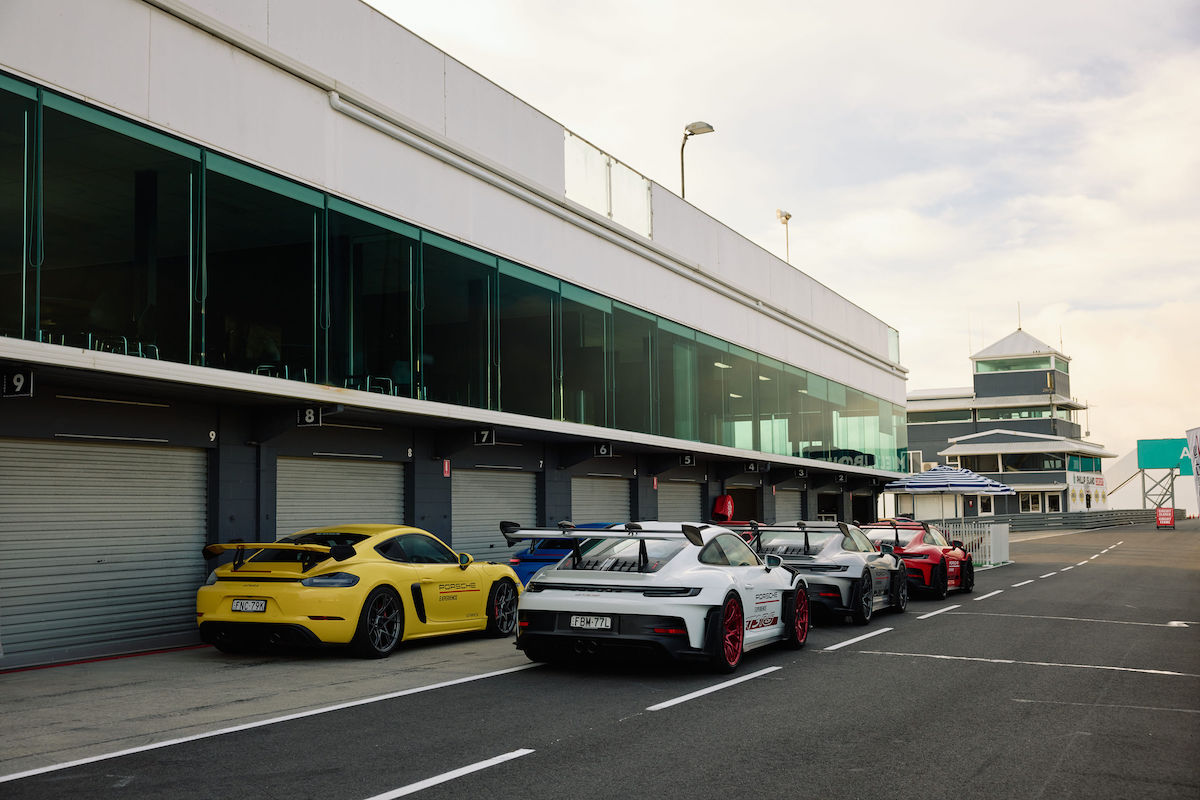
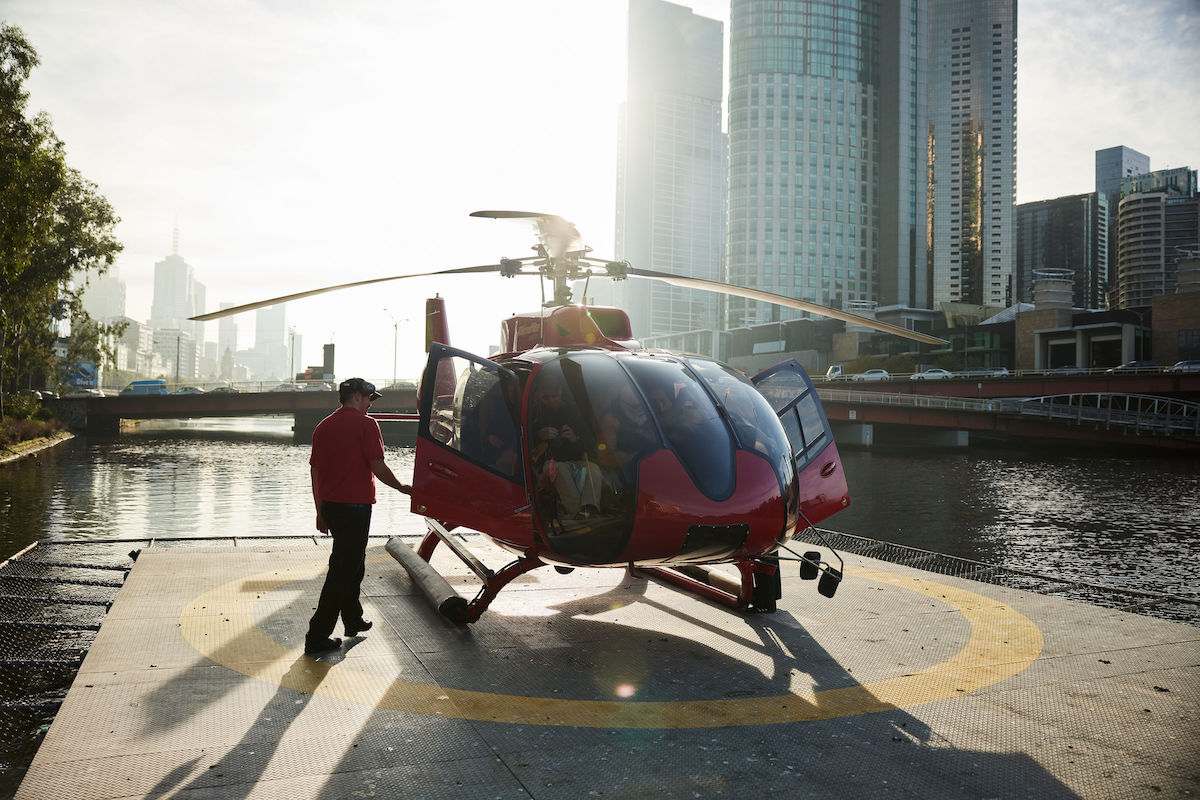
But what if this is the golden age?
What if, in our relentless pursuit of the past, we’re missing the sheer brilliance of what’s in front of us? The GT3 RS and GT4 RS aren’t nostalgia pieces. They’re the sharpest, most engaging, most emotionally charged track cars Porsche has ever made. They aren’t relics — they’re revelations. Proof that the combustion engine, when treated with reverence and pushed to its limit, still has poetry left in it.
Friday at Phillip Island was that poetry, written in apexes and throttle inputs, in the moment your brain recalibrates what a car can do and how a human can keep up. It wasn’t just fast. It was transcendent. A kind of mechanical telepathy. And then Saturday followed — not as a come-down, but a counterpoint. A reminder that performance isn’t always about g-forces. Sometimes it’s a cup of espresso pulled from a machine that looks like it belongs on the dash of a Carrera, or a quiet nod from Mark Webber as you both watch someone lock up into Turn 1.
This wasn’t about indulgence. It wasn’t even really about luxury. It was about access — to moments that make you feel something real, something rare. Moments that tap into the same joy you felt as a kid watching a car scream past on a highway and wondering what it must feel like to be inside.
If golden generation syndrome is about longing for a time when cars felt more alive, Porsche’s response is quietly radical: they still do. You just have to know where to look.
